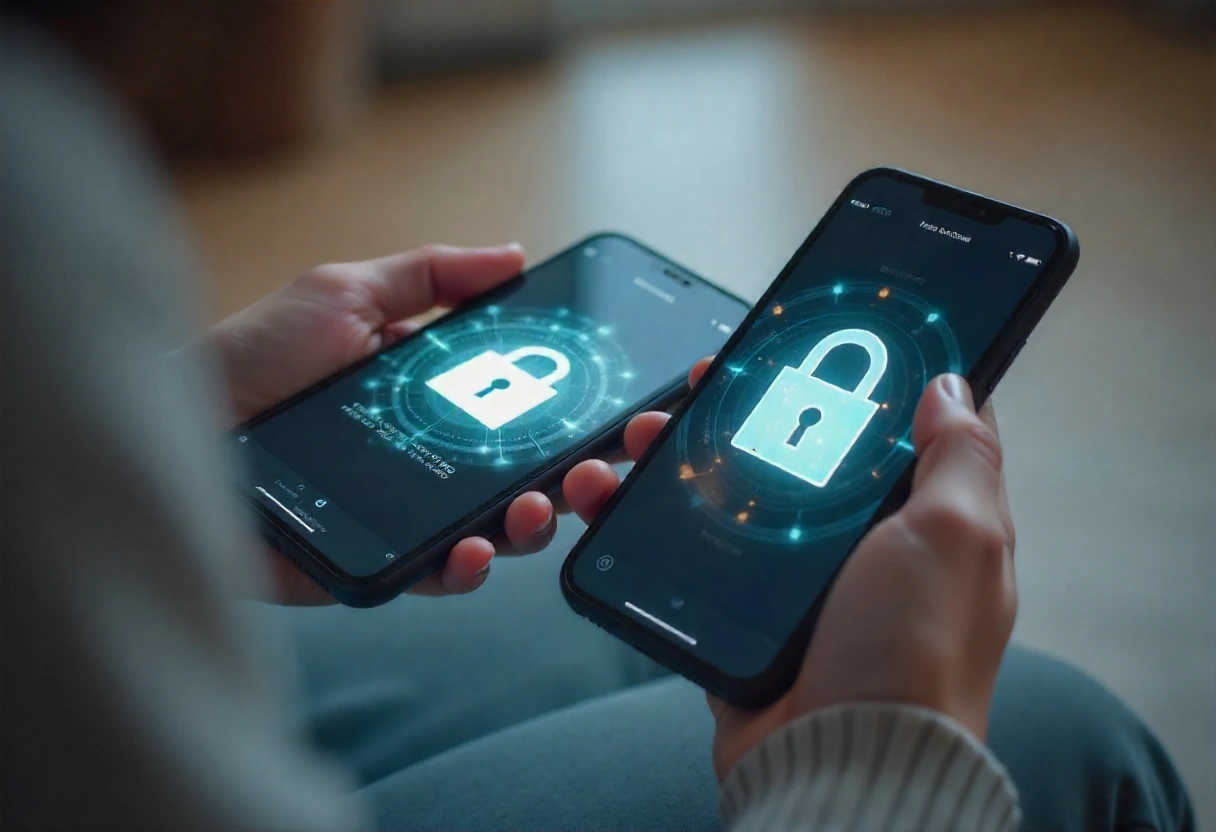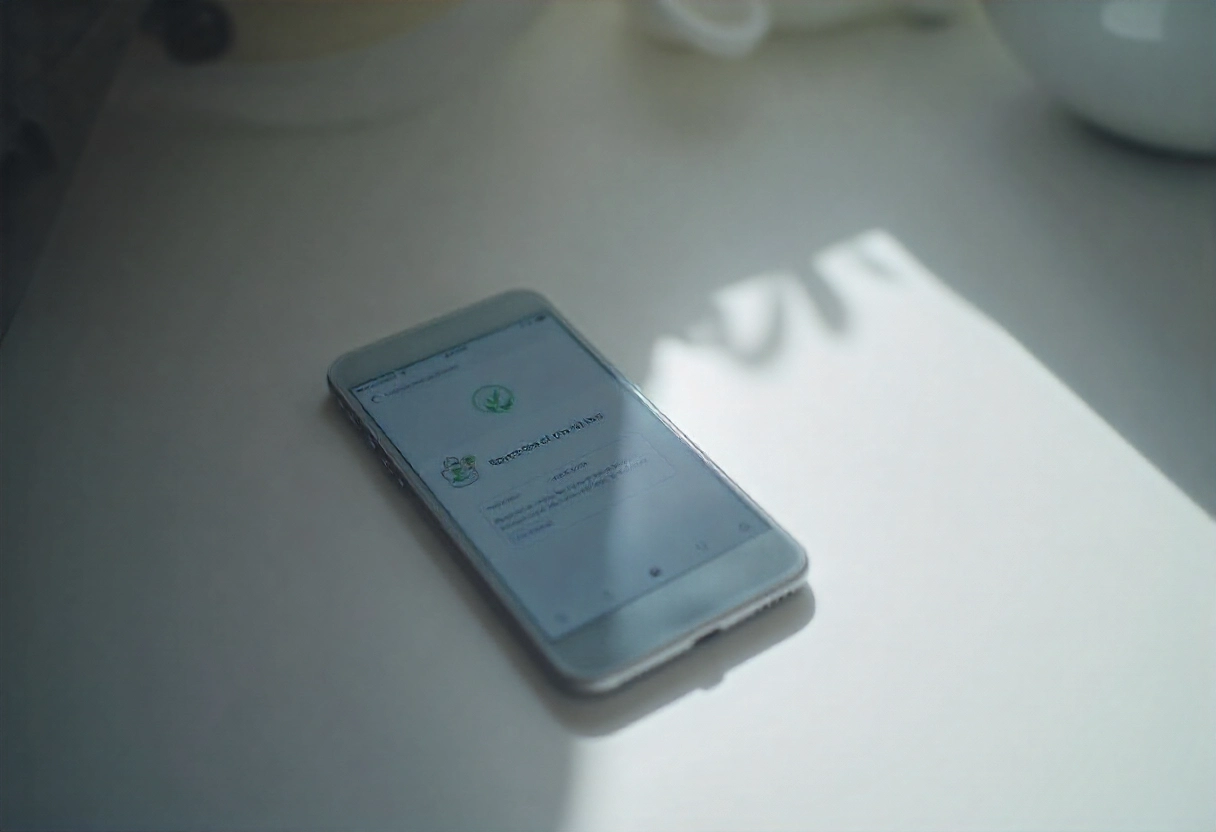Getting a new phone should be exciting, not stressful. Yet many Australians worry about losing precious photos, important contacts, or sensitive information during the transfer process. Your concerns are valid—transferring data incorrectly can expose your personal information to hackers or result in permanent data loss.
The safest way to transfer data to a new phone involves using encrypted methods, creating secure backups, and following proper verification steps. This comprehensive guide walks you through proven techniques that protect your privacy while ensuring nothing gets left behind.
Whether you’re switching between iPhones, Android devices, or crossing platforms entirely, these security-focused methods will keep your data safe throughout the entire process.
Understanding Secure vs Standard Transfer Methods
Not all data transfer methods provide the same level of protection. Standard transfer options like basic cloud syncing or simple app-to-app transfers often send your information without proper encryption, leaving it vulnerable to interception.
Secure transfer methods use advanced encryption protocols to protect your data. AES 256-bit encryption represents the gold standard for protecting data at rest and during transfers. This military-grade encryption would take longer than the age of the universe to crack using current technology.
End-to-end encryption ensures your files remain protected from the moment they leave your old device until they reach your new phone. Even if someone intercepts the data during transit, they cannot read or access it without the proper decryption keys. This protection extends beyond just the transfer—your data stays encrypted on servers and storage systems.
Built-in manufacturer tools generally offer stronger security than third-party apps. Apple’s Quick Start, Samsung Smart Switch, and Google’s built-in transfer methods include enterprise-level encryption and security protocols. These tools connect directly between devices without routing through external servers.

Third-party apps vary significantly in their security standards. While some reputable options like Send Anywhere provide 256-bit encryption, others may lack proper security measures. Always research encryption standards and privacy policies before trusting any third-party transfer solution with your sensitive data.
The key difference lies in data handling during transit. Secure methods encrypt your information multiple times, verify transfer integrity, and provide audit trails. Standard methods often send data in plain text or with basic security that skilled attackers can bypass.
Secure Data Backup Before Transfer
Creating encrypted backups before transferring data provides essential protection against transfer failures and data loss. This critical first step ensures you have a recovery point regardless of what happens during the transfer process.
For iPhone users, enable encrypted backups through iTunes or Finder. Connect your device to a computer, select “Encrypt local backup,” and create a strong password. This encryption protects sensitive data like passwords, Health app information, and keychain items that standard backups cannot capture.
iCloud backups automatically encrypt most data, but they don’t include certain security-sensitive items. Your passwords, payment information, and Face ID settings require local encrypted backups for complete protection. Enable two-factor authentication on your Apple ID for additional iCloud security.
Android users should activate Google Drive backup with encryption enabled. Go to Settings > System > Backup, ensure “Back up to Google Drive” is active, and verify encryption is enabled for sensitive data. Google encrypts backups in transit and at rest using AES encryption standards.
Local backups provide additional security for Android devices. Use Samsung Smart Switch or manufacturer-specific tools to create encrypted local backups on your computer. These tools often capture more data types than cloud backups alone.
Verify backup completion before proceeding with any transfer. Check backup file sizes, review included data types, and test restoration of a few files to confirm everything worked correctly. Document your backup locations and passwords securely—you’ll need this information if something goes wrong during the transfer.
Never skip backup verification. A failed backup discovered during transfer can result in permanent data loss, especially if you’ve already begun wiping your old device.
Safest Platform-Specific Transfer Methods
iPhone to iPhone Secure Transfer
Apple’s Quick Start provides the most secure method for transferring data between iPhones. This process creates an encrypted temporary Wi-Fi network directly between your devices, bypassing external networks entirely.
Place your new iPhone near your old device during setup. When prompted, use your old iPhone to scan the animation on the new device. This establishes a secure peer-to-peer connection using Apple’s proprietary encryption protocols.
The Quick Start method transfers most data types including photos, apps, settings, and encrypted passwords. Your data never leaves the secure connection between devices, providing maximum protection against interception or unauthorised access.
Android to Android Secure Transfer
Samsung Smart Switch leads Android-to-Android transfers with bank-level security protocols. The app supports both wireless and cable connections, with cables providing faster transfer speeds for large data volumes.
Send Anywhere offers cross-platform Android transfers with 256-bit encryption protection. Generate a secure 6-digit code or QR code to establish connection between devices. The app doesn’t store transferred data on external servers, maintaining complete privacy.
Google’s built-in Android setup process provides encrypted backup restoration during device setup. Sign into your Google account during initial setup to restore encrypted backups automatically. This method works even when your old device isn’t available.
Cross-Platform Secure Transfer
Apple’s Move to iOS app handles Android-to-iPhone transfers through encrypted private connections. The app creates a temporary secure network on your iPhone that your Android device joins exclusively for the transfer process.
Google’s Switch to Android app provides the reverse functionality, securely moving data from iPhone to Android devices. Both apps encrypt data during transit and don’t store information on external servers during the process.
For maximum security during cross-platform transfers, use cable connections when available. Direct cable connections eliminate wireless network vulnerabilities and provide faster transfer speeds for large data volumes.
Step-by-Step Secure Transfer Process
Proper preparation ensures your transfer maintains security throughout the entire process. Start by updating both devices to the latest software versions—these updates often include critical security patches and improved transfer protocols.
Charge both devices to at least 80% battery level and connect them to power during transfer. Interrupted transfers due to power loss can corrupt data or create security vulnerabilities in partially transferred files.
Enable airplane mode on both devices, then manually enable Wi-Fi for wireless transfers. This prevents interruptions from calls, messages, or app notifications that could interfere with the secure connection.

Configure security settings before beginning transfer. Disable automatic cloud syncing temporarily to prevent conflicts, turn off automatic app downloads, and ensure screen lock is enabled on both devices with strong authentication.
Monitor the transfer process carefully. Don’t use either device for other activities during transfer—this can slow the process and potentially introduce security risks. Keep devices close together for wireless transfers to maintain strong, secure connections.
Verify data integrity after transfer completion. Check file sizes match between devices, test app functionality, and confirm sensitive data like passwords transferred correctly. Document any missing items immediately while both devices remain accessible.
Never interrupt secure transfers once started. Cancelled transfers can leave partial data on both devices, creating potential security vulnerabilities and data corruption issues.
Post-Transfer Security Actions
Completing the transfer is only the beginning—proper security requires several critical post-transfer steps to protect your data and privacy fully.
Verify all data transferred successfully by spot-checking important files, contacts, and app data. Pay special attention to encrypted items like passwords, payment methods, and authentication apps. These sensitive data types require additional verification to ensure they function correctly.
Update all passwords and re-enable two-factor authentication on your new device. Transfer processes can sometimes reset security settings, requiring you to reconfigure authentication methods and security preferences.
Review app permissions on your new device carefully. Transfer processes may grant apps different permissions than your previous setup. Disable unnecessary location access, camera permissions, and data sharing for apps that don’t require these features.
Enable device security features immediately. Set up screen locks, fingerprint recognition, or face unlock with strong backup authentication. Configure automatic lock timing and enable remote wipe capabilities through Find My Device or Find My iPhone.
Securely wipe your old device before disposal or trade-in. Simple deletion isn’t sufficient—use manufacturer-recommended secure erase procedures that overwrite data multiple times. Remove SIM cards, memory cards, and ensure all accounts are signed out completely.
Conduct a security audit within 48 hours of transfer completion. Review account activity, check for unauthorised access attempts, and confirm all security settings match your preferences. This final verification ensures your transfer maintained complete data security.
Conclusion
The safest way to transfer data to a new phone combines encrypted backup creation, secure transfer methods, and thorough post-transfer verification. These security-focused steps protect your personal information during device switches while ensuring nothing important gets left behind.
Remember that data security doesn’t end with the transfer—maintaining proper device security and regular backup practices keeps your information protected long-term. Take time to implement these security measures properly rather than rushing through the process.
Ready to secure your phone data transfer? Start by creating encrypted backups today, then choose the appropriate secure transfer method for your devices. Your personal information deserves maximum protection during this vulnerable transition period.





